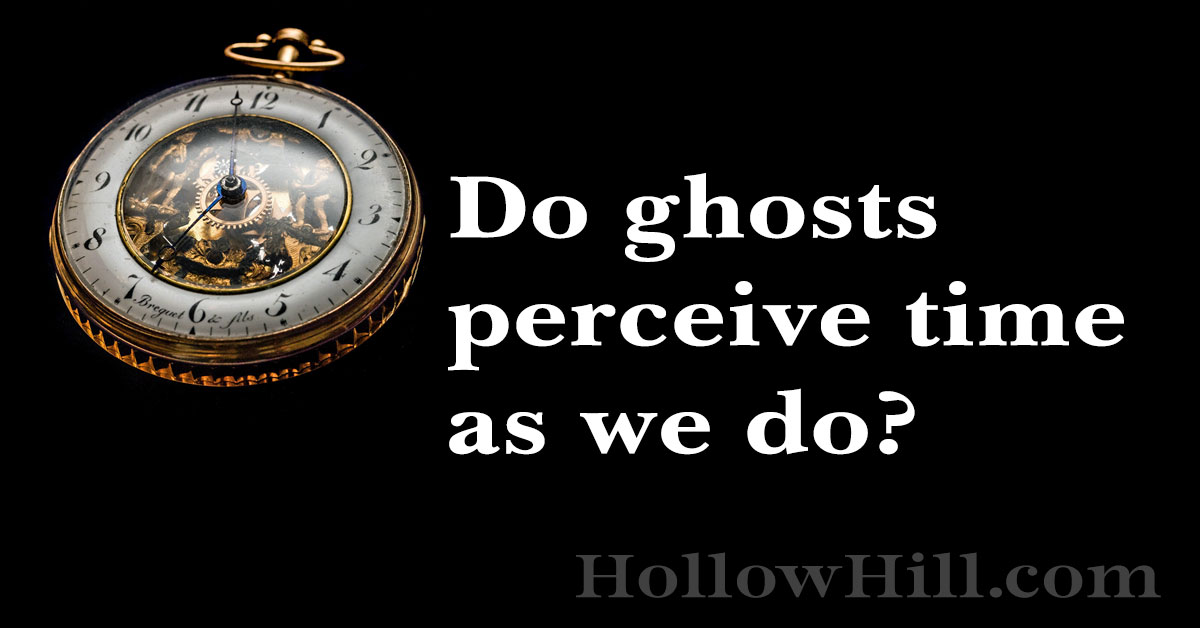In this 5-minute podcast, you’ll learn what’s (probably) real – and what isn’t – on ghost hunting TV shows. In the past, I’ve talked about how “real” (or fake) ghost hunting is, on TV shows. I’m always happy to explain why some of what you see on ghost hunting TV shows… Well, it had to…
Category: Ghost Hunting
How to be a ghost hunter – advice from professionals.
“Living for the Dead” – Season One Review
If you’ve wondered whether “Living for the Dead” is worth watching, I understand. A lot of ghost-related TV shows aren’t impressive. In fact, they’re almost parodies of what genuine researchers do. (Can you hear my exasperation as I write that? Probably.) However, “Living for the Dead” is different… on many levels. In this 18-minute, unscripted…
How to Find Haunted Graves – Videos and Links
Many cemeteries are haunted. In fact, most of them may have some eerie energy, if not actual ghosts. Of course, I always look for known haunts. The website, TheShadowlands.com, is one of the best places to start, though pranksters and trolls may have added fake entries, for their own amusement. (So, fact-check everything. There are…
Easy Ways to Find Ghosts – Local History & Legends!
If you’re like me, you’re always looking for fresh, undiscovered haunts. Not mild, “well, I suppose that might be a ghost” sites, but locations where ghostly activity is so vivid, it’s almost terrifying. I’ll tell you a secret. I use history and legends to find ghosts and haunted places. Here’s an extreme example: The True-Life…
Do Ghosts Sense Time as We Do?
Often, it seems as if ghosts’ sense of time – that is, how much has passed since they died – is skewed. Here’s an interesting (and geeky) study about how we perceive time. It could be important. It may affect ghost hunting, and how we communicate with spirits. Basically, this study shows that time seems…
How to See a Ghost – Easier Than You Think!
How often has a ghost been right in front of you, and you didn’t know it? I’ll be honest. It’s happened to me, a LOT! Technically, ghosts you can see are called “apparitions.” And there may be more of them than you expect! But when I’ve seen them, it’s almost always when I didn’t…






